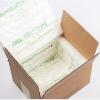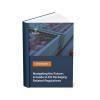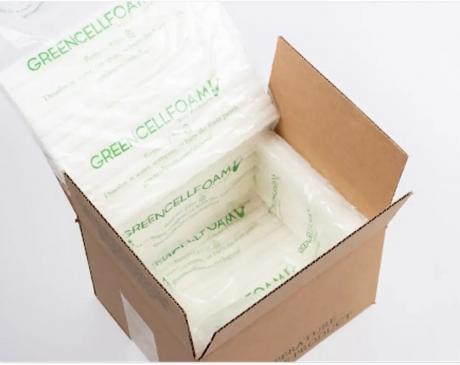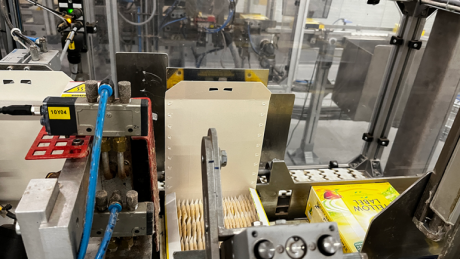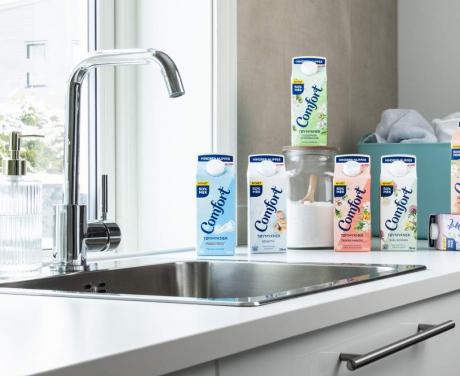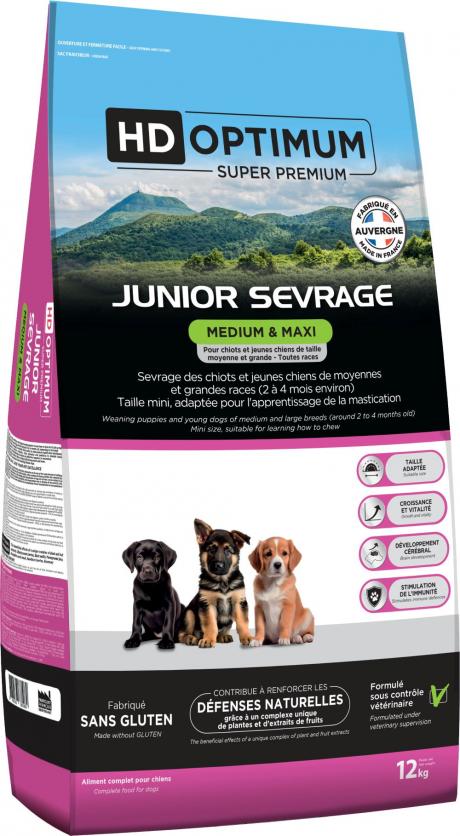Paper and cardboard: consumption decreases in 2022, but separate collection does not (+20,000 tonnes).
The collection of cellulose materials is confirmed at over 3.6 million tonnes per year (+0.6% compared to 2021).
The national average per capita is over 61 kg, a new record.
The recycling rate of cellulose packaging exceeds 81%, confirming that the EU targets for 2025 have been exceeded and that the targets set for 2030 are gradually approaching.
According to Comieco's 28th annual report on the separate collection of paper and cardboard in Italy, the results for the separate collection of paper and cardboard in 2022 are encouraging: the trend indicates growth compared to the previous year, albeit moderate.
In general, the data highlight the solidity of the collection, recycling and recovery system in a complicated context, taking into account a general decline in consumption, especially of food, combined with an increase in the cost of energy and raw materials, with obvious effects on inflation rates due to the Russian-Ukrainian war, resulting in a reduction in waste production of more than 1 million tons.
Separate collection is confirmed as an established habit for citizens with different behavioural patterns in the three macro-regions of the country.
In the North, the total collection result is almost 8 thousand tonnes more than in 2021 (+0.4%). The growth is driven by Valle d'Aosta, Lombardy and Emilia-Romagna, which together reach 20 thousand tonnes of new collection, offsetting the overall decline in Piedmont, Veneto and Trentino-Alto Adige (-12 thousand tonnes). On the other hand, Friuli-Venezia Giulia and Liguria remained stable.
In the centre, growth exceeded 4 thousand tonnes (+0.5%) thanks to the contribution of Tuscany and Umbria, which recorded +12 thousand tonnes. On the other hand, there was a slight decline in Marche (-5 thousand tonnes) and Lazio (-3 thousand tonnes), mainly due to the state of the collection service in the city of Rome, which is struggling to get off the ground.
In the south, collection will increase by almost 8 thousand tonnes (+0.8%). With the exception of Campania, which remains stable, and Sardinia and Abruzzo, which show a slight decrease (a total of -3 thousand tonnes compared to 2021), the other regions show positive, albeit moderate, growth rates (below 4%).
It is in the southern part of the country that the greatest potential for growth is concentrated: more than 50 per cent of the estimated 800,000 tonnes of paper and board that still end up as undifferentiated waste is available here, and its capture will be crucial to finally surpassing the EU's target of 85 per cent recycling of cellulose packaging by 2030.


